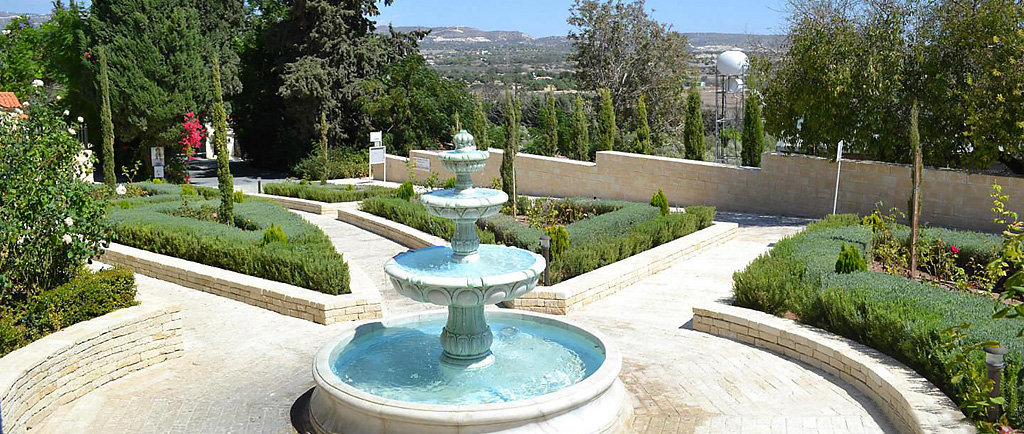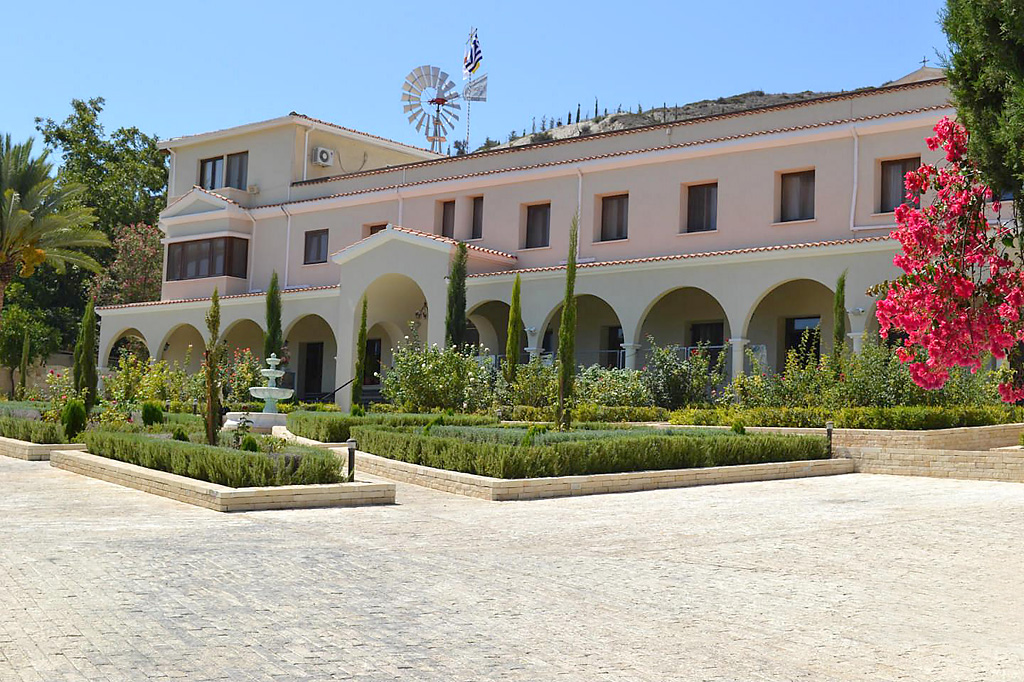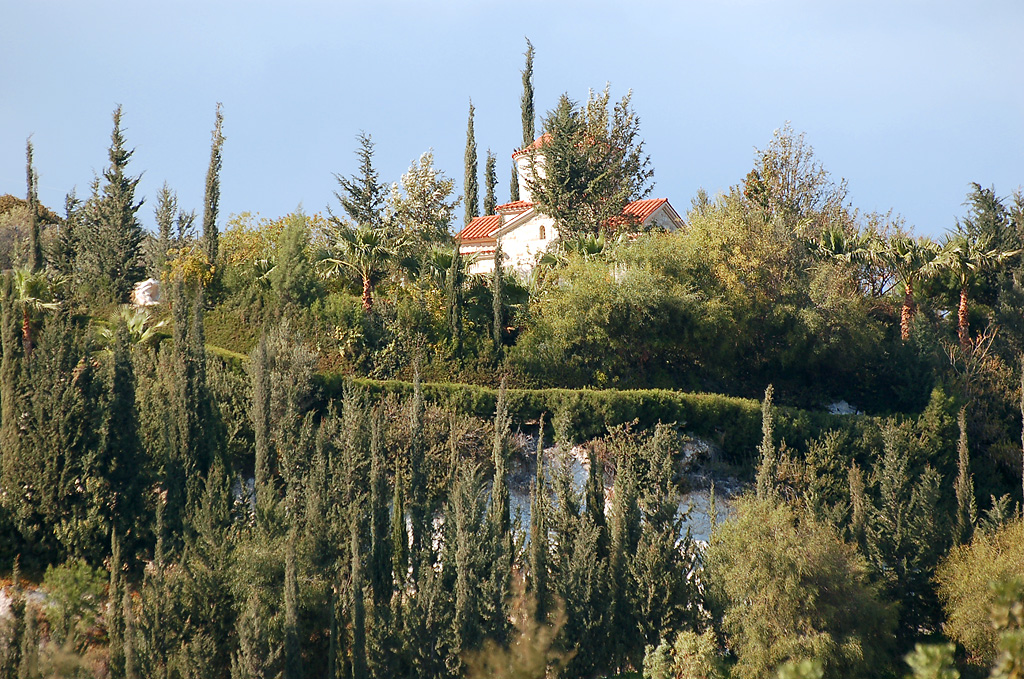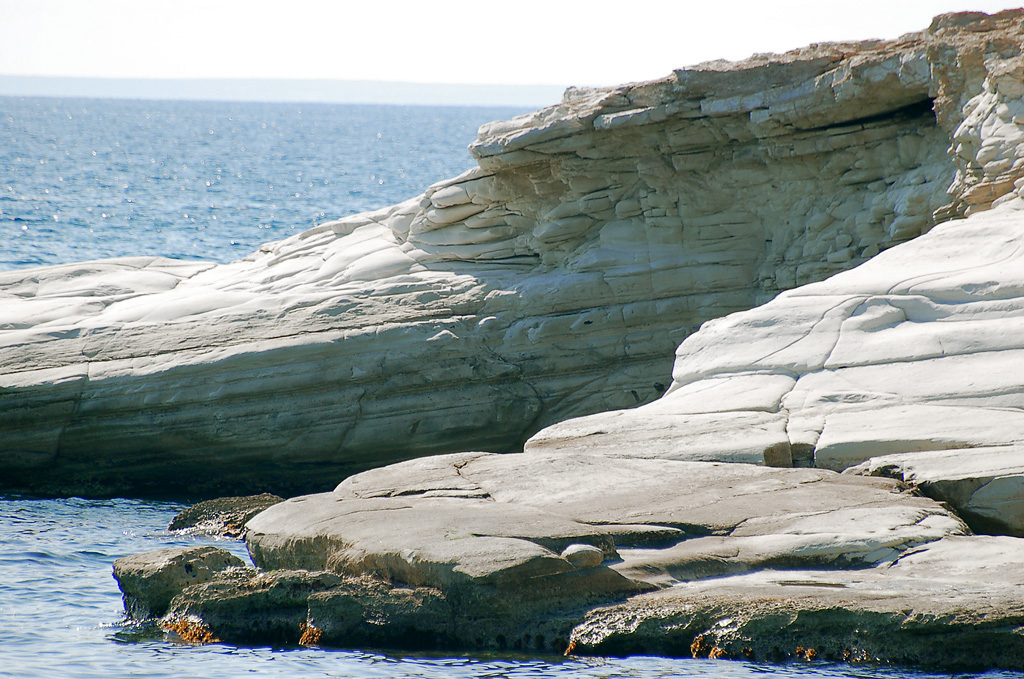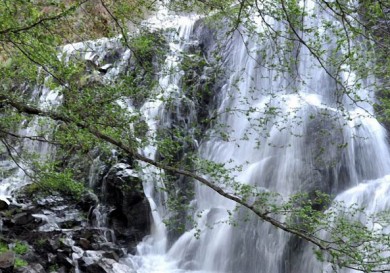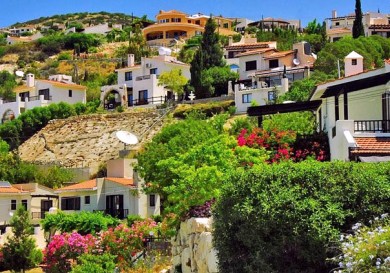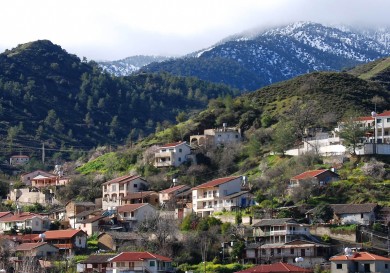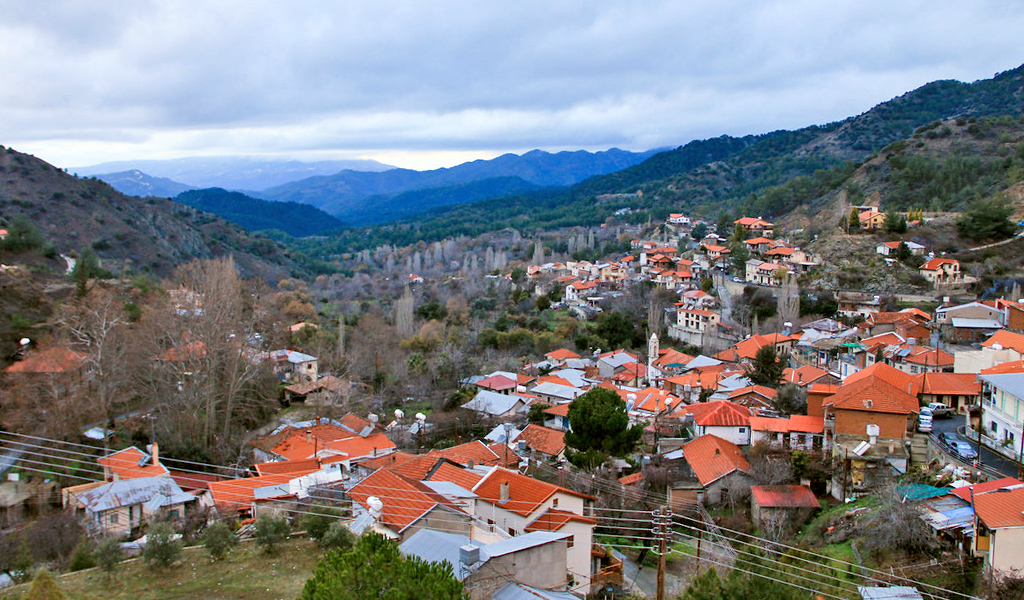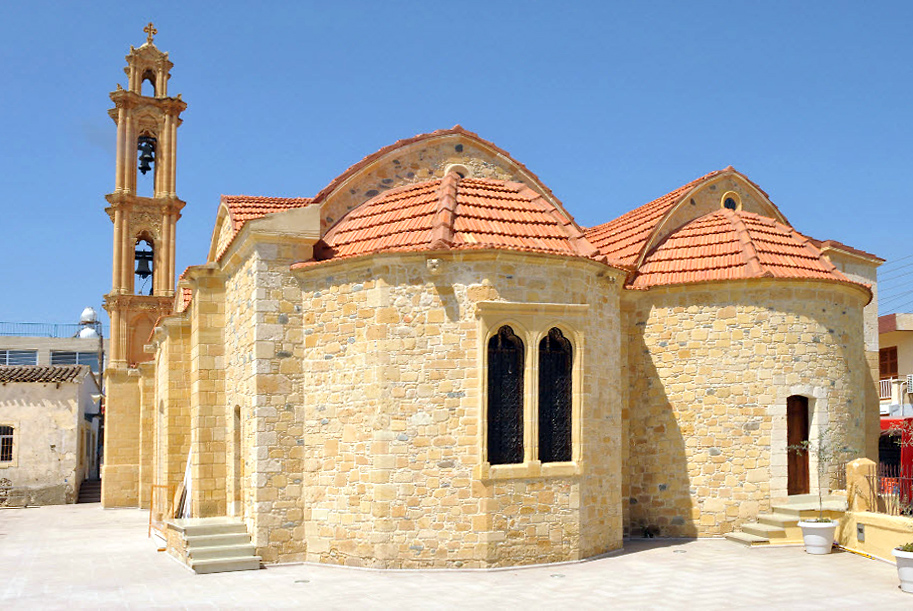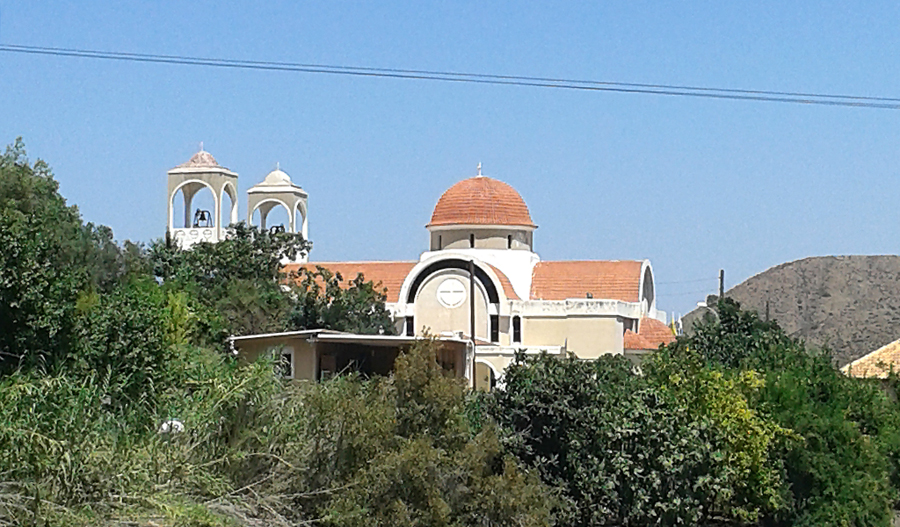Pentakomo: Forsaken Beauty
On a fine February day, we are taking a small trip to where the snow white sea rocks stand and the Holy Abode of Georgious Alamanou is hidden from view. After driving 10 kilometres along the Limassol to Larnaca highway, we follow the sign to Pentakomo and turn to the right towards the sea. There is peace and quiet for miles around.
The home of Saint Georgios
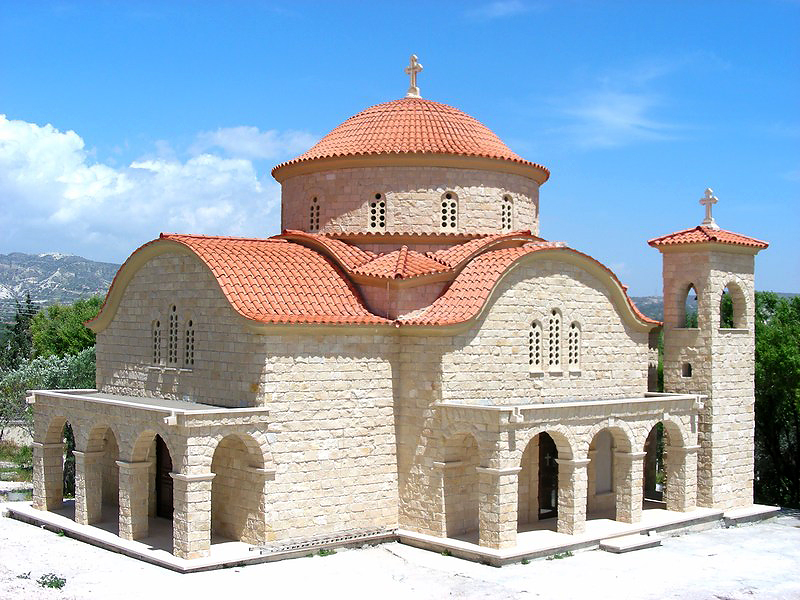 There is a legend that once upon a time a poisonous snake attacked the hunter, Suleiman. The dangerous reptile dropped dead as soon as Suleiman prayed to Saint George for help. To acknowledge his survival the hunter built a church in honour of Saint George. People called it the church of George Suleiman, merging the names of the savior and the saved. Later the name was changed to Аlaman.
There is a legend that once upon a time a poisonous snake attacked the hunter, Suleiman. The dangerous reptile dropped dead as soon as Suleiman prayed to Saint George for help. To acknowledge his survival the hunter built a church in honour of Saint George. People called it the church of George Suleiman, merging the names of the savior and the saved. Later the name was changed to Аlaman.
Another legend says that “alaman” means ‘German’, which may testify to the German roots of the hermit, George, who lived in one of the caves near the monastery. Saint George Alamanu is considered, although not by all historians, to be the hermit of the 12th century who moved from Jerusalem to Cyprus, with another 300 emigres who were persecuted by the Seljuks.
The monastery of Saint Georgios Alamanu was founded in the 12th century and consecrated in honour of Saint George, who is greatly honoured by the Cypriots. In 1910 the monks left the area for other monasteries. In 1949, thanks to the efforts of the city of Kition and, later, to the efforts of Archbishop Makarios himself, the monastery was restored.
Today 20 nuns reside here. The main church, constructed in the form of a classic basilica, is decorated with arched roofs with magnificent murals.
Everything here is steeped in the warmth of female hands, whilst the yard exhales the fragrance of flowers. Here the heart fills with peace and the soul feels the grace of this holy place. There is an ancient spring in the yard of the monastery, where anyone can wash their face with the holy water and take some home.
When leaving the monastery you can buy not only books and icons, but also sweet honey and homemade jam, made by the nuns according to ancient recipes, which is sold in the small shop.
When leaving the monastery, pay attention to a tall hill with a picturesque palm alley. The deanery is located here.
When saying ‘goodbye’ to the monastery we became curious as to where the narrow road surrounded by olive trees leads. After driving for about a kilometer along the winding road, we found ourselves right on the sea shore, surrounded by unknown shapes as if on an unexplored planet!
Тhe mystery of White Rocks
The unusual white rocks are mesmerizing and seem to conceal a great mystery. The dazzling whiteness of the rocks is so attractive that you start doubting their earthy origins, whilst the inimitable patterns arouse your imagination.
Who is the Great Artist who painted the shore? Who turned the calcareous aqueous blocks into pieces of art?
Alas, such a beautiful place cannot be enjoyed alone – there are many guests here even in winter. Locals love the treats offered in the local fish taverns. In summer, you can come here for a couple of days and camp on the beach.
We leave the fairy-tale shore, but our journey does not end here. We are heading towards the small village of Pentakomo, located 2 kilometers from the monastery.
Pentakomo
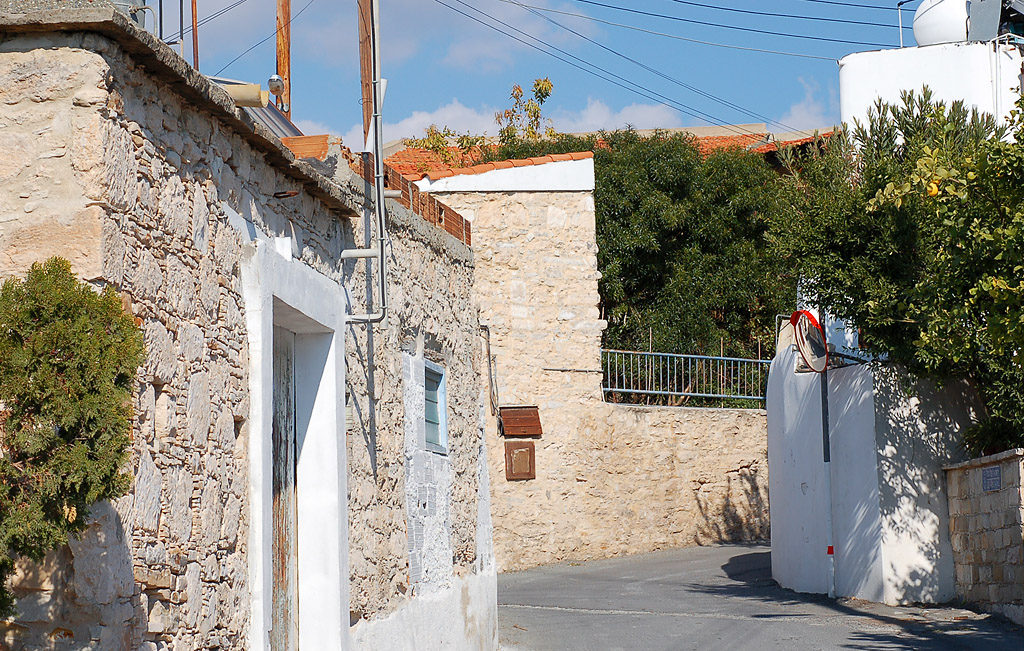 Pentakomo is not one of Cyprus’ most famous villages, and this is partially what makes it so charming. The nice traditional little Cypriot village, with its narrow streets and quaint houses, has become popular in recent years thanks to its proximity to Limassol.
Pentakomo is not one of Cyprus’ most famous villages, and this is partially what makes it so charming. The nice traditional little Cypriot village, with its narrow streets and quaint houses, has become popular in recent years thanks to its proximity to Limassol.
It was Sunday and the local inhabitants sit in a tavern on the main square sipping fragrant coffee and watching the few tourists looking for village ‘colour’.
Translated from Greek, Pentakomo means “five villages” (pente means five, komi means villages, counties). Five villages united here some time ago to create the modern village today. The coastline here is untouched, whilst a legend says that corsairs, who arrived on the island for the purpose of looting, moored here in a little place called Karavopetra.
The church of Panagia Neroferosas, which was rebuilt as it wasn’t big enough to house all the parishioners, should be noted as one of the village sights. The church was built by the local inhabitants by hand from local stone. The church owes its name to a belief that it always rains on the 2nd of February. When this doesn’t happen the year is expected to be dry, whilst the parishioners come to the church to pray for rain.
We will linger in the village for a while to have a cup of Cypriot coffee and enjoy a few minutes of peace and quiet. We will also finish our journey here. We will soon take to the road again to get acquainted with other places, each of which has a history of its own and its own inimitable charm.





